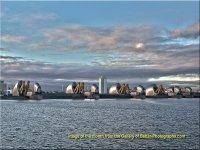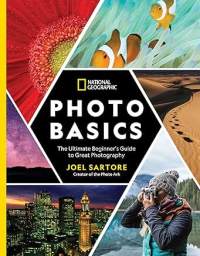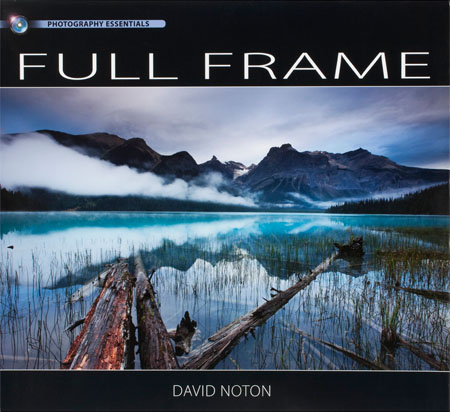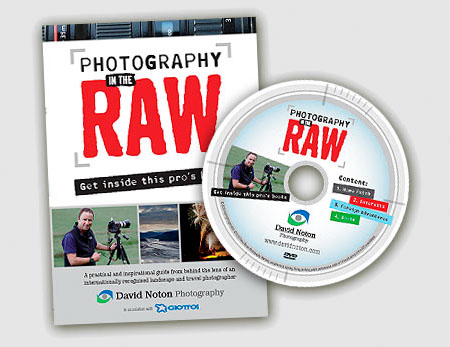Probably because I have been on holiday with my wife (or so she thought
- actually I was catching up with the reading I had promised myself and
trying out a new lens), my recent Better Photographs Blogs have been
about some of these books.
One of the best was
by David Noton -
It contains so many inspiring thoughts and images that I had difficulty
in putting it down, even at cocktail hour!
The book stands apart from all the others in this field that I have
read because David provides a comprehensive insight to his approach
before, during and after each of the 100 images in the 10 chapters. One
of his remarks "failing to plan is planning to fail' could not be more
appropriate and the way in which he describes how to visualize, plan
and execute each image is bound to help anyone who reads it and wants
to
improve - irrespective of their current standard.
Underlining the truth that it's the photographer and not the camera
that makes the difference between a mediocre and a great photograph,
David communicates the essentials in a straightforward way which
can
only help to bring out and enhance the artistic potential in all of us.
What I also find very appealing is David's modesty, not just in his
style of teaching but in the way he discloses the fact that he also
continues to learn the craft and pushes himself to new challenges.
Chapter 3 in the book reveals his diversion into wildlife photography
whilst in South Africa. His collection of images taken there stack up
very well within their genre.
Since returning home, I have also watched David's new DVD -
If you want to supplement the lessons learned from Full
Frame or if your preferred form of learning is by video then take a
look at the
clips
on David Noton's website.
Owning
his videos is like attending his workshops, but comes a little cheaper.
As with the Book "Full Frame", David visits some of his favorite
locations to capture images which reflect the essence of each place.
Yet again, he discusses the need for careful planning if a quality
image is to be obtained. Once the composition is determined, he will
visit and revisit the site as many times as is needed until the light
is just right.
When all the essential ingredients come together he will take a variety
of
shots with different lenses; sometimes taking a sequence so as to
stitch them into a panorama. He has even "shelved" his Panoramic Film
Camera because he now finds digital cameras and stitching software to
be at least as good.
If there is one thing that really stands out in my mind, it is that
David demonstrates that we do not have to incur the expense of
travelling to far flung lands to achieve stunning landscape
photographs.
The chapter on "Home
Patch" shows just how important and beneficial it is to visit and
learn
from the many photo opportunities within our own county.
I'm now torn between working on the backlog of articles which awaited
my return from holiday and putting on the boots and getting out there
with my camera to put David's invaluable tuition into practice.









New! Comments
Have your say about what you just read! Leave me a comment in the box below.